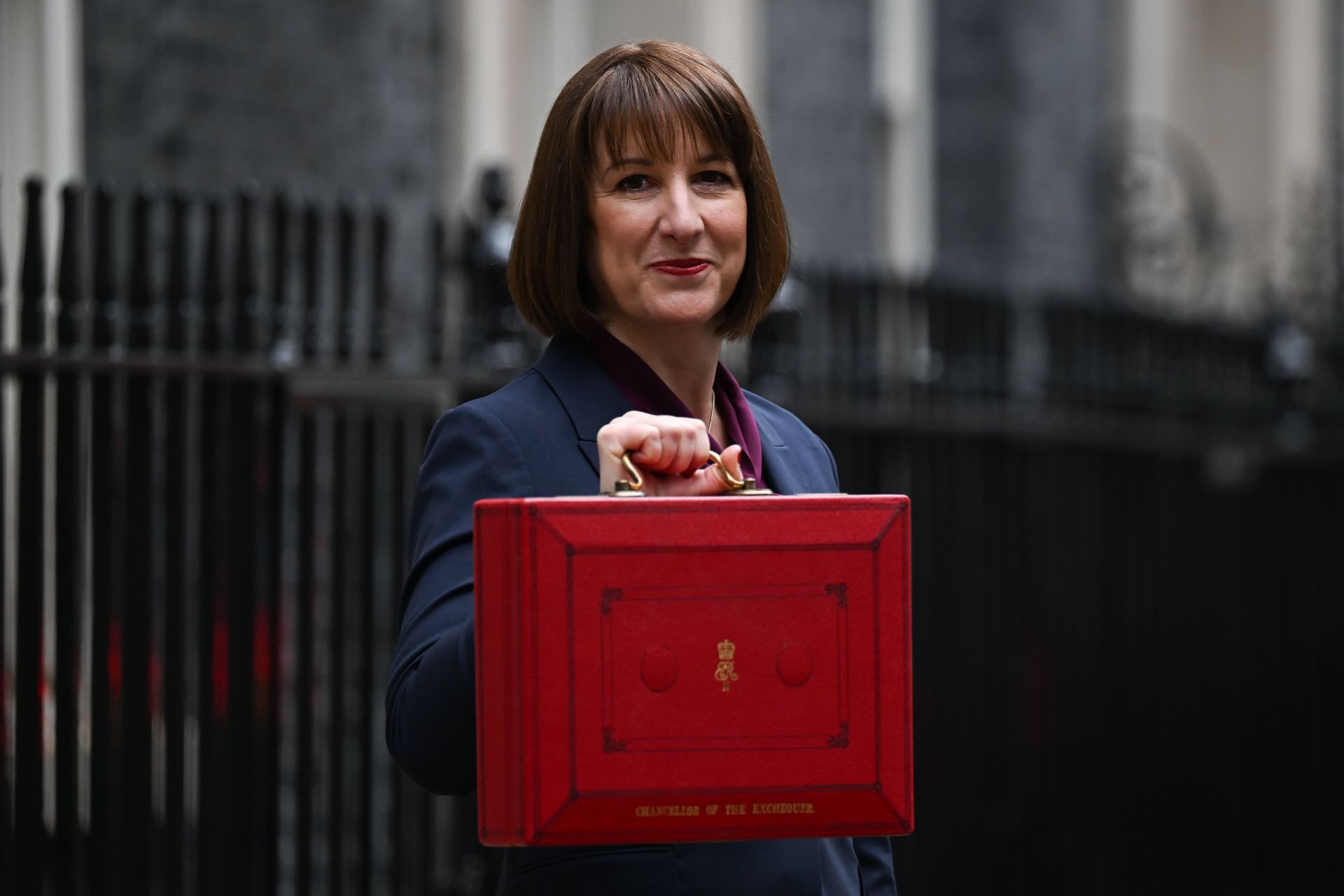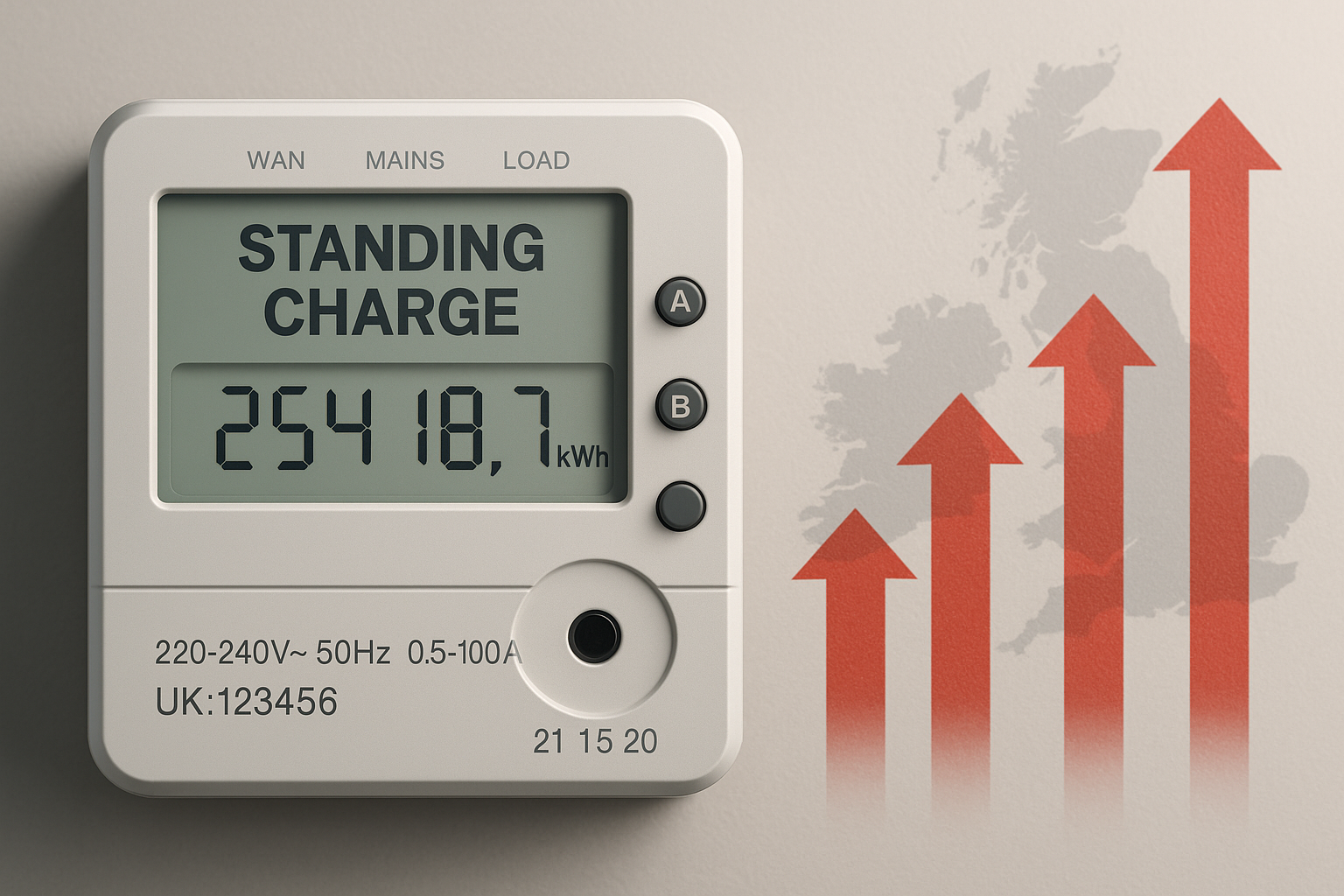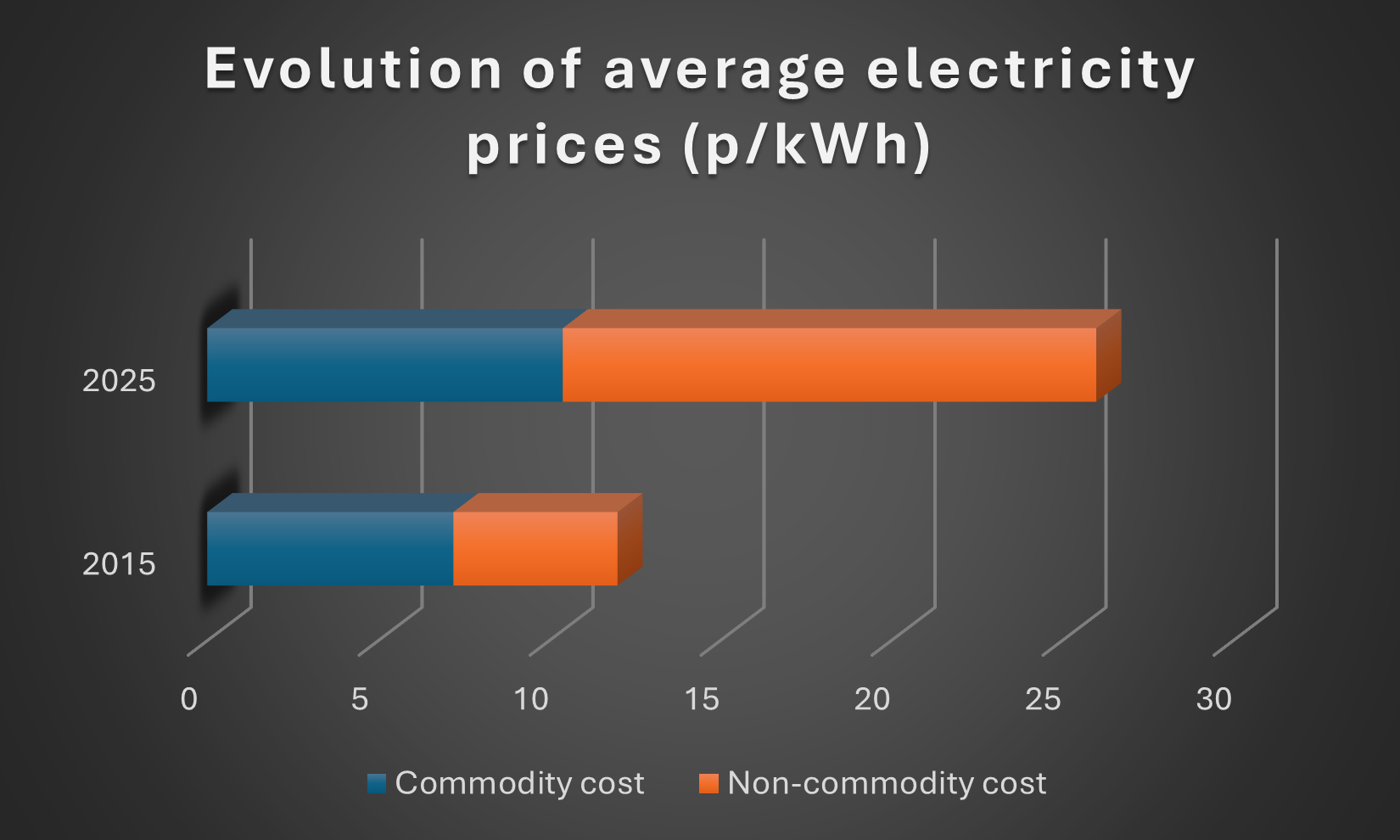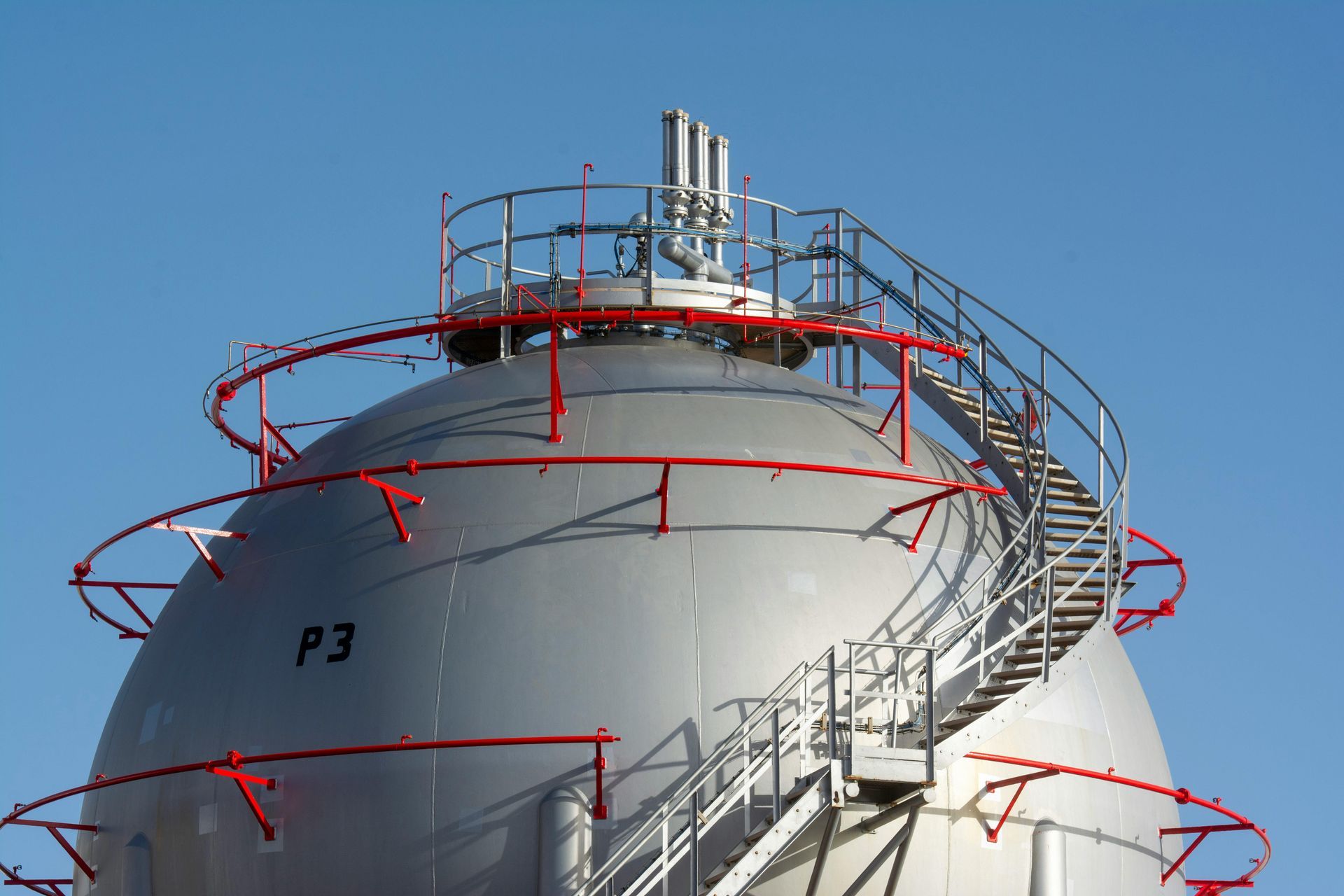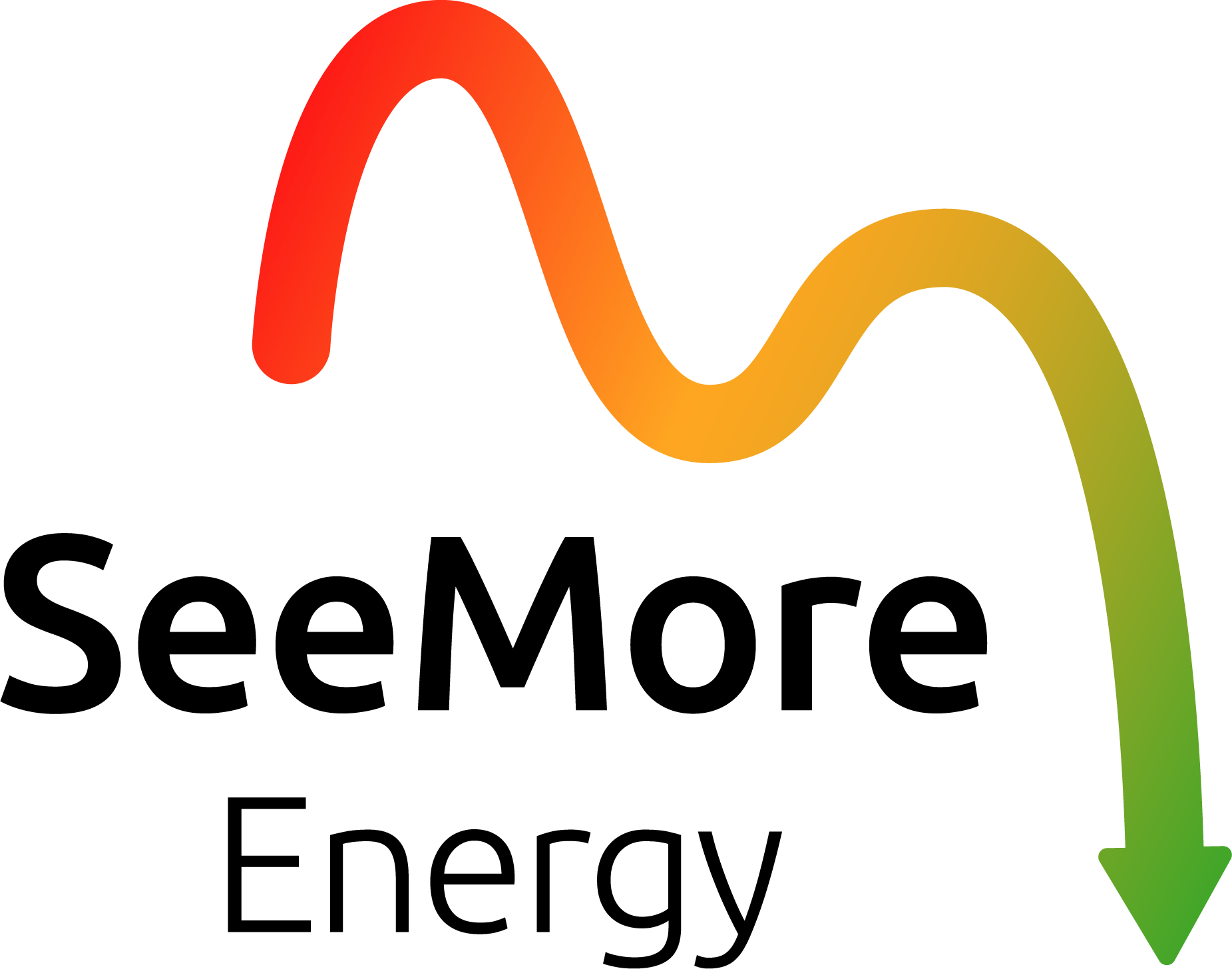ESOS Phase 4: What Businesses Need to Know
ESOS Phase 4: What Businesses Need to Know
The Energy Savings Opportunity Scheme (ESOS) Phase 4 is underway, starting on 6 December 2023, with a compliance deadline of 5 December 2027. UK businesses must understand ESOS Phase 4 eligibility, key changes, and deadlines to ensure compliance and avoid penalties. This guide covers everything you need to know about ESOS Phase 4 for UK businesses.
Who needs to comply with ESOS Phase 4?
The ESOS Phase 4 eligibility criteria remain consistent with Phase 3. Your organisation qualifies as a “large undertaking” if, on the qualification date of 31 December 2026, it meets all of these requirements:
- Based and registered in the UK
- Employs 250 or more people
- Has an annual turnover above £44 million
- Has an annual balance sheet total over £38 million
To confirm your ESOS Phase 4 eligibility, visit our site and answer the questions to see if your business should be participating.
Even if you don’t currently meet these criteria, crossing the threshold by the qualification date means you must submit a compliance notification by the ESOS Phase 4 deadline of 5 December 2027.
If your business qualified for Phase 3 but no longer meets the criteria, you must submit a “Do Not Qualify” (DNQ) notification via the Environment Agency’s MESOS portal.
Key requirements for Phase 4
Phase 3 introduced the requirement for organisations to create an Action Plan that set out how you intend to cut energy use and when. That same principle continues in Phase 4, along with mandatory progress reporting in the years that follow.
However, there are some updates to note:
- Action plan progress must now be included within your ESOS assessment. If commitments aren’t met, your business will need to explain why.
- Display Energy Certificates (DECs) and Green Deal Assessments (GDAs) are no longer valid routes to compliance.
- While net zero reporting will not yet be mandatory, you can choose to adopt the new PAS 51215 standards for voluntary energy and decarbonisation reporting. This could give your organisation a head start before net zero requirements arrive in Phase 5.
These
ESOS Phase 4 key changes ensure businesses focus on actionable energy efficiency measures and transparent reporting.

Why prepare early for ESOS stage 4?
With the ESOS Phase 4 deadline set for 5 December 2027, early preparation is crucial for smooth compliance. Benefits include:
- Accurate Data Collection: Start measuring energy use across sites and processes to ensure reliable data.
- Energy Efficiency Opportunities: Identify improvements like upgrading to LED lighting or optimising heating systems.
- Board-Level Support: Engage senior leadership early, as your Action Plan requires board approval.
Non-compliance can lead to significant penalties, including fines of up to £50,000 plus £800 per day. Preparing now reduces the risk of missing the ESOS Phase 4 deadline.
Key dates for your diary for ESOS Stage 4:
- 5 December 2025 – Phase 3 Progress Report 1 deadline
- 5 December 2026 – Phase 3 Progress Report 2 deadline
- 31 December 2026 – Phase 4 qualification date
- 5 December 2027 – Phase 4 compliance notification deadline
ESOS Phase 4 is a vital step in the UK’s net zero journey, encouraging businesses to implement energy-saving measures. While the framework is familiar, the updated requirements, such as mandatory Action Plan progress reporting and the removal of DECs and GDAs, require careful attention.
For expert guidance on ESOS Phase 4 eligibility, compliance, or reporting, contact our expert team at SeeMore Energy for a free consultation that can give you peace of mind, knowing that all of your ESOS phase 4 reporting meets the requirements.
Contact Us

